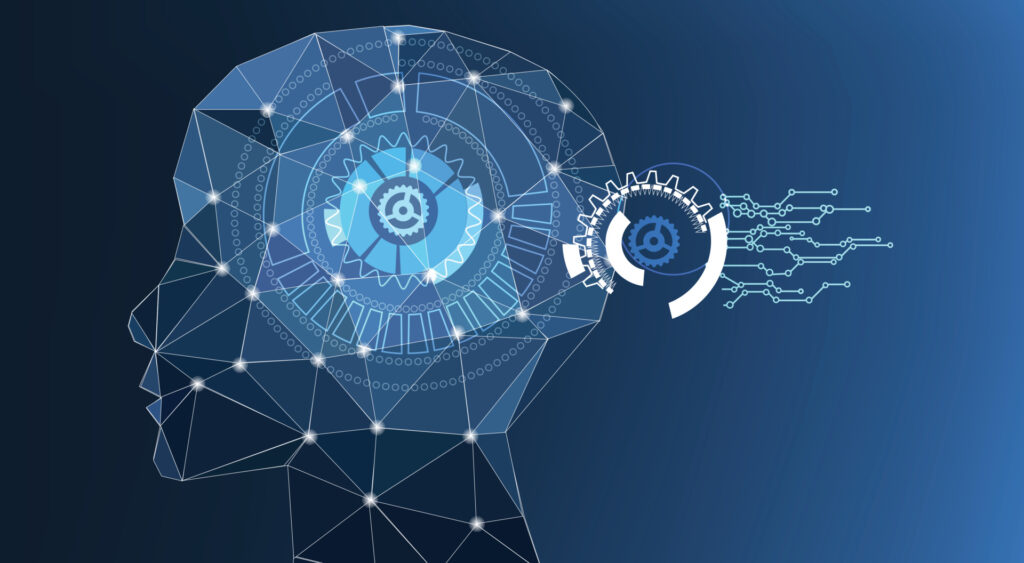The two most common modern technologies are data science and machine learning, and both are developing at a rapid pace. However, these two terms, along with artificial intelligence and deep learning, are quite confusing, so it’s important to understand how they differ from one another.
Although they are closely related, data science and machine learning have different functionalities and objectives. To fully comprehend their differences, in this blog post, we’ll go through an overview of these two technologies.

Data Science
Data science refers to the study of data and how to get meaning from it, which includes the usage of a variety of techniques, systems, algorithms, and tools to extract information from both structured and unstructured data. Data cleaning, data preparation, data analysis, and visualization are all used to handle big data.
That knowledge is then utilized by organizations, governments, and other sectors to increase profits, innovate products and services, improve infrastructure, and many more.
If you want to succeed in this field should develop key competencies in the following three areas: analytics, programming, and domain expertise. To be more precise, here are the skills required to become a data scientist:
- Strong knowledge of Python, SAS, R, and other programming languages
- Familiarity with handling vast amounts of structured and unstructured data
- Practical knowledge of SQL database coding
- Capability of handling data processing and analysis for business needs
- Knowledge of statistics, math, and probability
- Developed skills in data visualization
- Understanding of models and algorithms for machine learning
- Good teamwork and communication skills
Machine Learning
Machine learning is a field in artificial intelligence that employs algorithms to harvest data, learn from it, and predict future trends. Engineers can run statistical analyses on data using software programmed with models that help them identify and understand patterns in the data.
Social media sites, including Facebook, Instagram, Twitter, and YouTube gather information about their users. It can predict your interests and desires based on your past behavior and suggests products, services, and articles that are likely relevant to you.
Machine learning is used in data science but also emerges in fields outside of it as a set of concepts and tools. When it makes sense, data scientists use machine learning in their work to assist with trend analysis and accelerate the gathering of more information.
Machine learning can be seen as a different perspective on looking at numbers and statistics. The following crucial abilities can help you launch a successful career in this growing field:
- Proficiency in computer science, including knowledge of data structures, algorithms, and architecture.
- Strong statistical and probability knowledge.
- Understanding of system design and software engineering.
- Expertise in programming languages like Python, R, and others.
- Natural Language Processing.
- Capability to model and analyze data.
Data Science VS Machine Learning
To help you better understand the differences between these two technologies, we made a spreadsheet.
| Data Science | Machine Learning |
| Data science is a field of data extraction from structured and semi-structured data. | Machine learning is a field of study that makes computers capable of learning without being explicitly programmed. |
| Needs the full scope of analytics. | Combines machine and data science. |
| Deals with data. | Utilizes data science methods and techniques to learn about the data. |
| Data in data science may or may not have been developed through a mechanical or automated process. | Uses a variety of methods, including supervised clustering and regression. |
| Data processing is included in the broader definition of data science, which focuses on algorithm statistics. | Only focused on algorithm statistics. |
| It’s a broad term for a wide range of disciplines. | It fits within data science. |
| Data science operations are numerous, and they include data gathering, cleaning, modification, and many others. | Includes three types: unsupervised learning, supervised learning, and reinforcement learning. |
Need help with data science or machine learning projects? Look no further! Our IT team of skilled professionals is ready to help you. Don’t let the complexities of these technologies hold you back – contact us now and let us help you take your projects to a new level!
- AI in IoT: Benefits, Components, and Impact - April 10, 2025
- AI and Low-Code/No-Code: A New Era of Development and Innovation - February 25, 2025
- The Ultimate Guide to AI in IT Support: The Tools, Benefits & Challenges You Must Know - February 11, 2025
